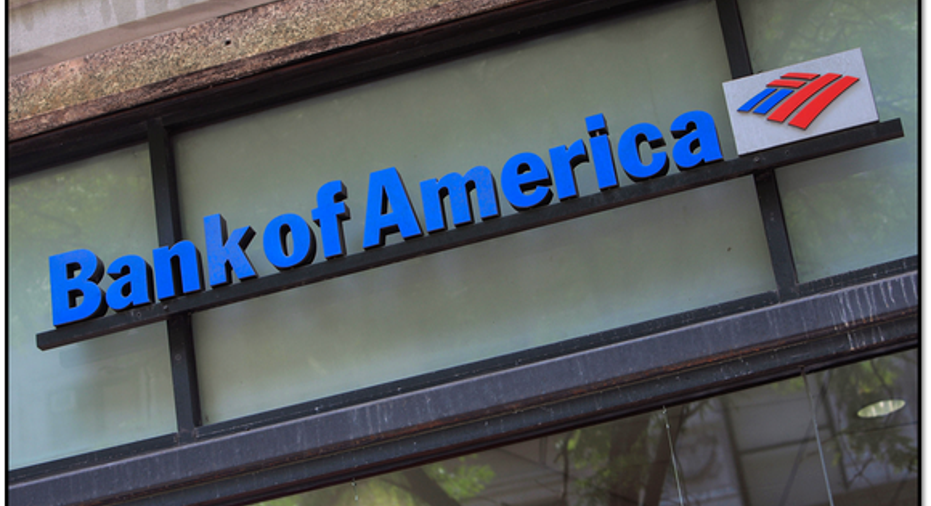A Revealing Analysis of Bank of America

Image source: iStock/Thinkstock.
The principal issue facing Bank of America right now is profitability. The fact that it doesn't earn enough money relative to its capital base weighs directly on shareholder returns as well as indirectly on the valuation of its shares, which sell for a 37% discount to book value.
In 2015, Bank of America's return on common shareholders' equity, which is the most important profitability metric in the bank industry, was 6.3%. That's well below the 10% to 12% threshold that it should be earning in order to create value for shareholders after factoring in the risk of owning its stock as well as the opportunity cost associated with forgoing safer alternative investments.
One reason Bank of America's profitability is lagging right now is because interest rates are low. Roughly half its revenue and earnings come from loans and interest-earning securities. When interest rates are higher, these yield more and thereby generate higher profits.
For instance, if Bank of America faced the same interest rate scenario in 2015 as it did in 2007, holding all else equal, then its return on common shareholders' equity would have been 8.9% last year. That's a meaningful improvement, particularly when you consider that, for reasons beyond the scope of this article, the interest rate landscape in 2007 was far from ideal.
|
Scenarios |
Return on Common Shareholders' Equity |
|---|---|
|
Actual 2015 |
6.3% |
|
Assuming 2007 interest rates |
8.9% |
|
Assuming 2007 leverage |
10.6% |
|
Assuming 2007 leverage and 2007 interest rates |
13.4% |
Data source: Bank of America and author's calculations.
A second and more important reason that Bank of America's profitability is lagging is because it can no longer operate with the same amount of leverage as it could before the financial crisis. This follows from the fact that regulators now require banks to hold more capital relative to their assets than they used to.
The obligation to hold more capital weighs particularly heavily on the nation's biggest banks, which must reserve an additional tranche of capital relative to their assets that smaller, simpler banks are exempt from. This is known as the global systematically important bank buffer (gohere to read more about this). Bank of America's GSIB buffer is 3%, meaning that it must hold 3% more common equity relative to its risk-weighted assets than the typical regional bank.
The same table above reveals just how significant of a weight this is. For instance, if Bank of America used the same degree of leverage in 2015 as it did in 2007, holding all else equal, then its return on common shareholders' equity last year would have been in the neighborhood of 10.6%. And if both interest rates and leverage were the same last year as they were in 2007, it would have been 13.4%.
This reveals the magnitude of the challenge facing Bank of America's leadership. Not only do they need to wait patiently for interest rates to increase, but they also have to figure out how to generate more revenue from other, fee-based activities that will offset the impact of higher capital requirements.
It remains to be seen whether Bank of America can achieve this without cleaving off its investment banking operations, which are a major reason it's classified as a global systematically important bank and thus subject to more stringent capital requirements. But either way, this goes to show that higher interest rates alone are far from a panacea for the nation's second-biggest bank by assets.
To be clear, I believe that the large discount on Bank of America's shares more than compensates for its lagging profitability. This is why both me and my wife own its shares in our retirement accounts. But for my investment thesis to play out, Bank of America must still make a lot of headway on the bottom line.
The article A Revealing Analysis of Bank of America originally appeared on Fool.com.
John Maxfield owns shares of Bank of America. The Motley Fool recommends Bank of America. Try any of our Foolish newsletter services free for 30 days. We Fools may not all hold the same opinions, but we all believe that considering a diverse range of insights makes us better investors. The Motley Fool has a disclosure policy.
Copyright 1995 - 2016 The Motley Fool, LLC. All rights reserved. The Motley Fool has a disclosure policy.